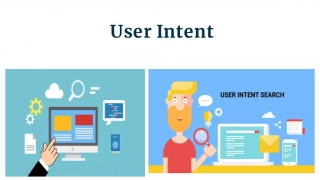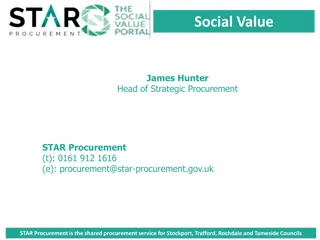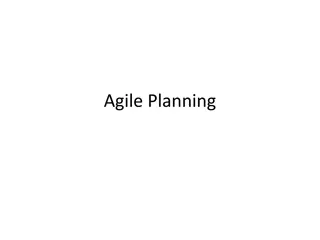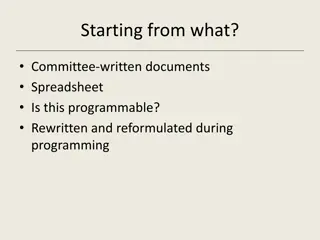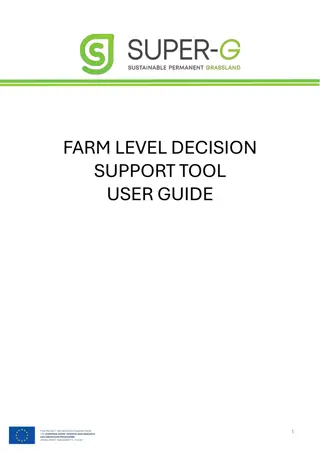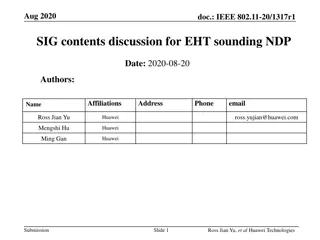
Unlock Circular Business Model Value with this Tool
"Explore the value potential of circular economy business models for your company using this high-level tool. Understand revenue, cost impact, and investment needs through simple calculations. Identify the most promising models and assess value levers effectively."
Download Presentation

Please find below an Image/Link to download the presentation.
The content on the website is provided AS IS for your information and personal use only. It may not be sold, licensed, or shared on other websites without obtaining consent from the author. If you encounter any issues during the download, it is possible that the publisher has removed the file from their server.
You are allowed to download the files provided on this website for personal or commercial use, subject to the condition that they are used lawfully. All files are the property of their respective owners.
The content on the website is provided AS IS for your information and personal use only. It may not be sold, licensed, or shared on other websites without obtaining consent from the author.
E N D
Presentation Transcript
User guide VALUE CASE TOOL VALUE CASE TOOL
Introduction Value case summary General inputs Business model inputs Introduction Introduction The purpose of the value case tool is to give you a high-level understanding of the value potential of circular economy business models for your company. How it works Enter your company data in the General inputs sheet. 1 In other words, it is not a comprehensive business case tool, but rather a tool to help you understand the value levers of circular business models and their sub-models estimate revenue potential, cost impact and investment need for your company through simple calculations identify the most promising circular business models from a financial perspective Enter data on the business model specific tabs for the sub-models that you have identified as relevant for your company. 2 Review overall value potential in the Value case summary sheet. Please note that the tool should be used only for one product, meaning that you should create a separate copy of the Excel file for each product you want to assess. 3 2
Introduction Value case summary General inputs Business model inputs General inputs General inputs Before starting the business model specific calculations, enter generic cost and product-related data on the General inputs sheet. All figures should be added for the latest financial year you have data for (=Year 0). Enter value either in or as a share [%] of the overall figure (COGS, SG&A, other OPEX) These values should be on overall company level These values should be on product level Enter value either in or as a share [%] of COGS These values should be on overall company level 3
Introduction Value case summary General inputs Business model inputs Business model inputs Business model inputs After you have filled in the general inputs, start entering data in the business model specific sheets for those sub-models that you have identified as most relevant for your company. When you open a business model specific sheet, you will first see a summary view of the calculations. To view more information, press the [+] signs at the top and left side of the sheet. View calculation formulas. View more information on the calculation parameters. View value levers and cells for calculation input data. 4
Introduction Value case summary General inputs Business model inputs Business model inputs Business model inputs Enter data for calculations in the yellow cells below each value lever. If you feel that some value lever is not relevant for your company, you can leave the row empty. Your calculations are immediately reflected in the sub-model specific summary section. If you want, you can either keep the values constant or change them over time. 5
Introduction Value case summary General inputs Business model inputs Value case summary Value case summary When you have completed calculations for all relevant sub-models, you can view a summary of the overall value potential in the Value case summary sheet. Summary of overall value potential, including all sub-models Total revenue and EBITDA potential, and investment need for each sub-model 6

